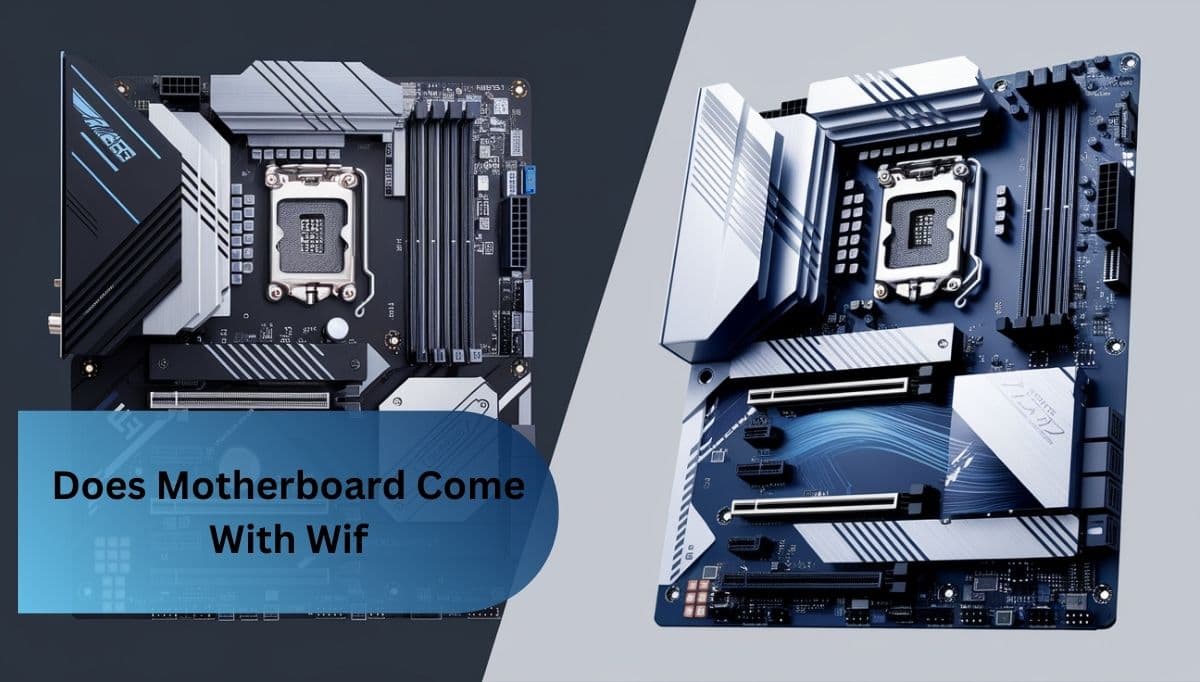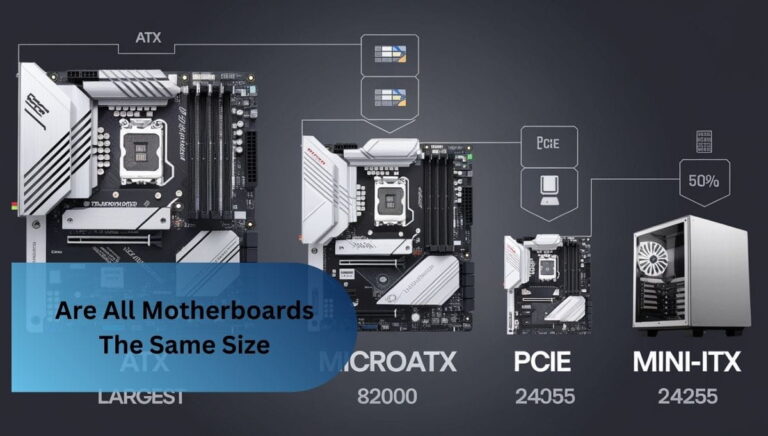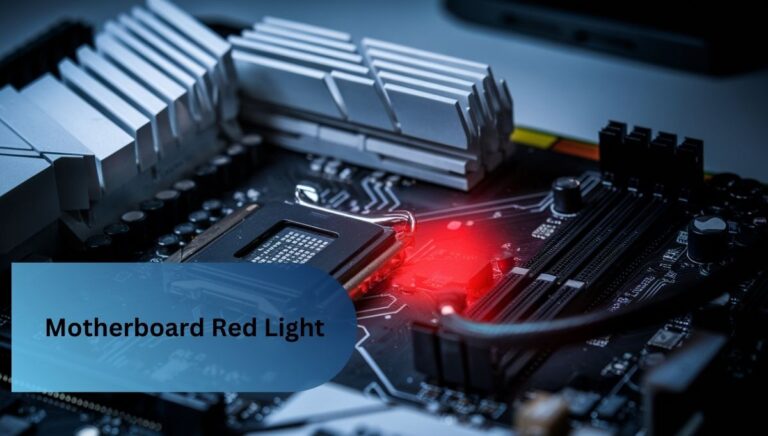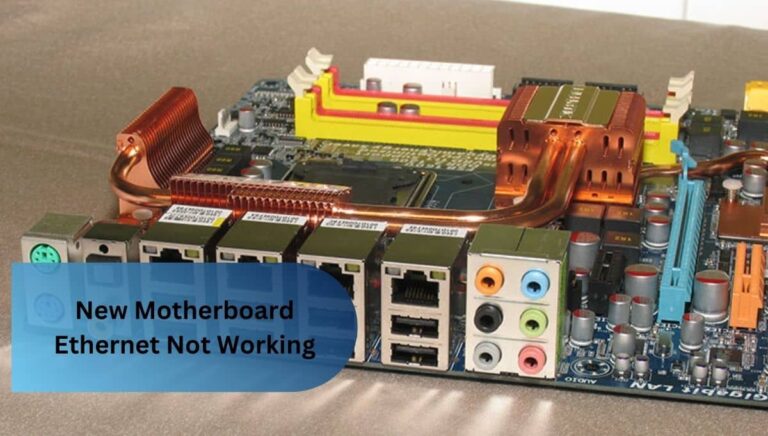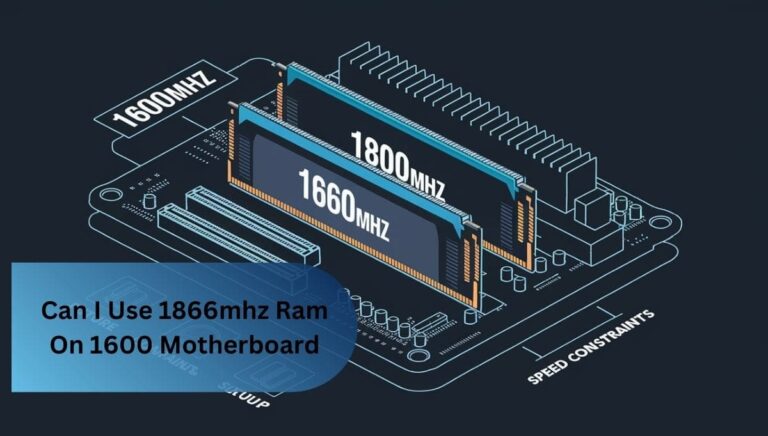Does Motherboard Come With Wif – Check Specifications Now!
When I built my PC, I chose a motherboard with built-in Wi-Fi, which made connecting to the internet super easy without needing extra hardware. It saved me space and kept my setup neat and tidy, making my experience much more enjoyable.
Not all motherboards come with built-in Wi-Fi; many budget models require a separate Wi-Fi card. However, many mid-range and high-end options include integrated Wi-Fi for easier connectivity.
Introduction Does Motherboard Come With Wif
When building or upgrading a computer, many people wonder, does motherboard come with WiFThe answer varies depending on the motherboard you choose. Some motherboards do not include Wi-Fi and require a separate Wi-Fi card for internet connectivity.
However, many modern motherboards now feature integrated Wi-Fi, which simplifies the connection process. If you’re considering your options, it’s essential to check whether the specific motherboard you’re interested in supports built-in Wi-Fi. Ultimately, the question of does motherboard come with WiF can significantly affect your setup and convenience.
Understanding Motherboards
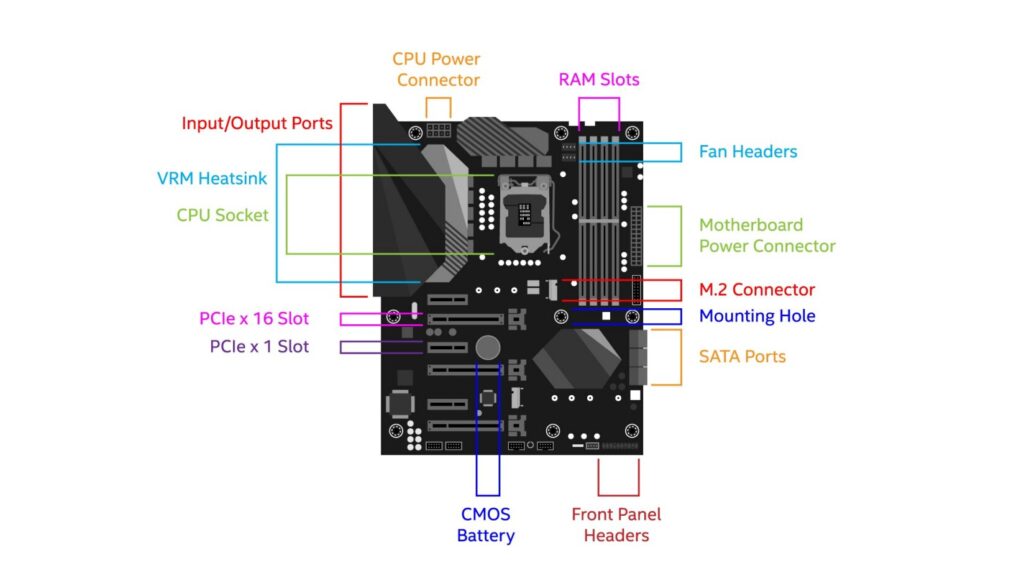
1. Types of Motherboards:
There are several types of motherboards, and each serves different purposes. Standard motherboards typically don’t have built-in Wi-Fi, requiring a separate card for wireless connections. In contrast, many modern motherboards, especially those in mid-range and high-end categories, come with integrated Wi-Fi for easier internet access.
Read Also: Pcie Bifurcation Motherboard List – A Comprehensive Guide!
2. Wi-Fi Standards:
- Wi-Fi 5 (802.11ac): This standard offers faster speeds and improved performance, making it suitable for streaming and gaming in most home environments.
- Wi-Fi 6 (802.11ax): The latest standard, Wi-Fi 6, provides even higher speeds and better efficiency, especially in crowded areas with multiple devices connected.
- Backward Compatibility: Most Wi-Fi 6 routers are backward compatible, meaning they can connect with devices using older standards like Wi-Fi 5 and Wi-Fi 4 (802.11n).
- Dual-Band and Tri-Band Options: Many modern motherboards support dual-band (2.4 GHz and 5 GHz) or tri-band frequencies, allowing for more flexible and reliable connections.
3. Antenna Connections:
Antenna connections are essential for motherboards with built-in Wi-Fi, as they help enhance the wireless signal. Typically, these motherboards come with connectors for external antennas, which can be positioned for better reception. By using antennas, users can improve their internet connection’s strength and stability, ensuring a smoother online experience.
Benefits Of Built-In Wi-Fi
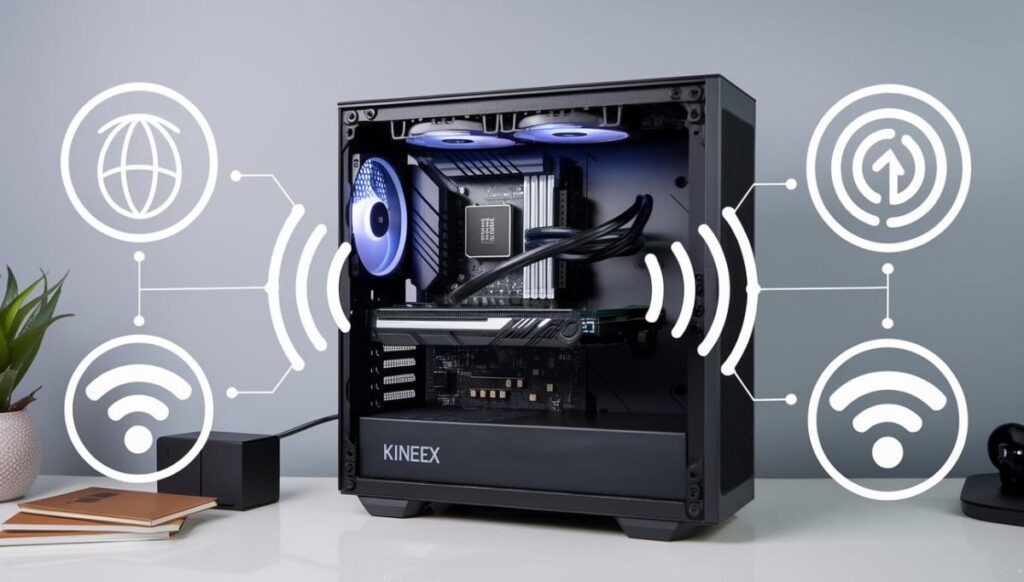
1. Convenience:
Built-in Wi-Fi provides easy and fast access to the internet, allowing you to connect to your network right after you set up your computer. This convenience eliminates the need for extra equipment, making the installation process much simpler.
You can avoid the hassle of finding room for additional cards or cables, which often creates clutter. With fewer devices and wires, your workspace stays neat and organized. Ultimately, built-in Wi-Fi streamlines your experience, making it more enjoyable and hassle-free.
2. Space-Saving:
- No Extra Slots Needed: Built-in Wi-Fi means you don’t need to use a PCIe slot for a separate Wi-Fi card, leaving those slots available for other components.
- Less Hardware: Fewer physical components lead to a more streamlined build, making your PC lighter and easier to manage.
- Minimal Wiring: Integrated Wi-Fi reduces the number of cables needed, resulting in a cleaner and more organized setup.
- Compact Design: Motherboards with built-in Wi-Fi can help maintain a compact design, making them ideal for smaller cases.
- Easier Upgrades: With less hardware to deal with, future upgrades or changes to your system become simpler and more efficient.
3. Cleaner Setup:
Having built-in Wi-Fi contributes to a cleaner setup by reducing the number of external devices and cables needed for internet connectivity. This streamlined design not only makes your workspace look more organized but also improves airflow within the computer case. A tidy setup can enhance your overall computing experience, making it easier to manage and maintain your system.
Read Also: How Long Should A Motherboard Last – Let’s Explore!
What To Consider When Buying A Motherboard
When buying a motherboard, several factors are important to ensure it meets your needs. First, check if it has built-in Wi-Fi if you prefer wireless connectivity. Next, consider the compatibility with your CPU and RAM, as different motherboards support various types.

Additionally, think about the number of expansion slots for future upgrades and peripherals. Lastly, look at the price and features to find a balance that fits your budget and requirements.
- Compatibility: Ensure the motherboard is compatible with your CPU, RAM, and other hardware. Check the socket type and supported memory specifications.
- Integrated Features: Look for features like built-in Wi-Fi, Bluetooth, and audio to reduce the need for additional hardware.
- Expansion Slots: Consider the number of PCIe slots available for future upgrades, such as graphics cards and additional storage.
- Form Factor: Choose a motherboard size (ATX, Micro-ATX, Mini-ITX) that fits your computer case and meets your space requirements.
- Price: Set a budget and find a motherboard that offers the best features within that range without compromising on quality.
FAQ’s
1. Does every motherboard come with built-in Wi-Fi?
No, not all motherboards have built-in Wi-Fi. Many budget and older models require a separate Wi-Fi card to connect to the internet.
2. How can I tell if a motherboard has integrated Wi-Fi?
You can check the motherboard specifications on the manufacturer’s website or the product listing to see if Wi-Fi is included.
3. Is it easy to install a motherboard?
Installing a motherboard can be straightforward if you follow the instructions and take your time. It involves securing it in the case, connecting power cables, and installing components.
4. What should I consider when buying a motherboard?
Consider compatibility with your CPU and RAM, integrated features like Wi-Fi, expansion slots for future upgrades, the motherboard’s form factor, and your budget.
5. Can I add a Wi-Fi card to a motherboard without built-in Wi-Fi?
Yes, you can install a Wi-Fi card in a compatible PCIe slot if the motherboard does not have built-in Wi-Fi.
Conclusion:
Whether a motherboard comes with Wi-Fi depends on the model and type you choose. Many modern motherboards include built-in Wi-Fi, providing convenience and reducing the need for extra components.
Ultimately, it’s essential to assess your specific needs and preferences when selecting a motherboard to ensure a seamless and efficient setup.
Read More:
